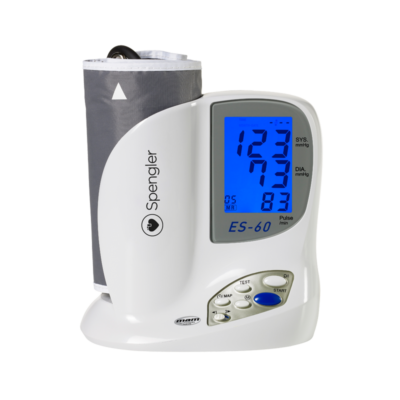
Spengler institute
Discover DepistHTA, the free application that helps to interpret blood pressure figures
Discover DEPISTHTA. the Hypertension Research Foundation (FRHTA), a foundation recognized as a public utility, launched the DEPIST HTA application in September 2019. Why launch DEPISTHTA : the HTA affects more than 10 million French people, the declared rates of prevalences are largely underestimated: more than 50%...
Learn more
![Tensonic Poignet [EN]](https://www.spengler.fr/wp-content/uploads/2021/11/Tensonic-Poignet-EN.jpg)






